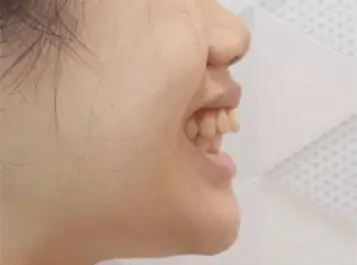
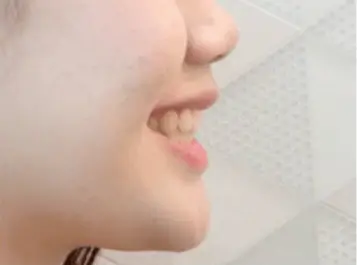
Some patients come to us with concerns about having protruding upper front teeth (commonly called “buck teeth”) or a prominent chin that makes their bite look unbalanced. These conditions are not just cosmetic—they can also cause difficulty in chewing, uneven tooth wear, and jaw joint stress if left untreated. Orthodontic treatment offers safe and effective ways to correct these problems and restore both function and confidence in your smile.
The first step is a detailed orthodontic examination. This includes:
A clinical assessment of tooth alignment, bite, and jaw position;
Dental X-rays and photographs to analyze bone and teeth relationships;
A discussion about your main concerns, whether it is protruding teeth, jaw shape, or overall facial balance.
This information helps us design a personalized treatment plan that addresses both dental alignment and jaw positioning.
Depending on the condition, the following treatment strategies may be considered:
Braces or clear aligners – to gradually move teeth into proper alignment;
Extraction (if necessary) – in cases of severe crowding or protrusion, premolars may be removed to create space;
Elastics or bite-correcting appliances – to guide the bite into a balanced relationship between upper and lower jaws;
Orthognathic surgery (for severe cases) – if the chin protrusion is due to skeletal imbalance, surgical correction may be combined with orthodontics;
Retention phase – retainers are provided at the end of treatment to maintain results.
Preparation: Extractions or minor procedures may be carried out if space is needed.
Appliance placement: Braces or aligners are fitted to start tooth movement.
Bite correction: Elastics, expanders, or functional appliances may be used to align the jaws properly.
Jaw correction (if surgery is required): In cases of severe skeletal imbalance, orthodontics and surgery work together to reposition the jaws.
Finishing and retention: After alignment is complete, braces are removed, and retainers are used to protect results.
Patients should keep in mind:
Maintain excellent oral hygiene with careful brushing and flossing;
Avoid hard and sticky foods that could damage appliances;
Attend regular follow-up visits every 4–6 weeks;
Follow all appliance and retainer instructions to ensure stability of results.
After orthodontic correction, patients with protruding teeth and prominent chins can expect:
Improved smile aesthetics with balanced facial proportions;
A more comfortable and stable bite;
Easier chewing and reduced strain on the jaw joints;
Long-term oral health benefits with properly aligned teeth.
Most importantly, patients often feel more confident and comfortable with their appearance after treatment.
 collect
collect
Hospitals included
Products included
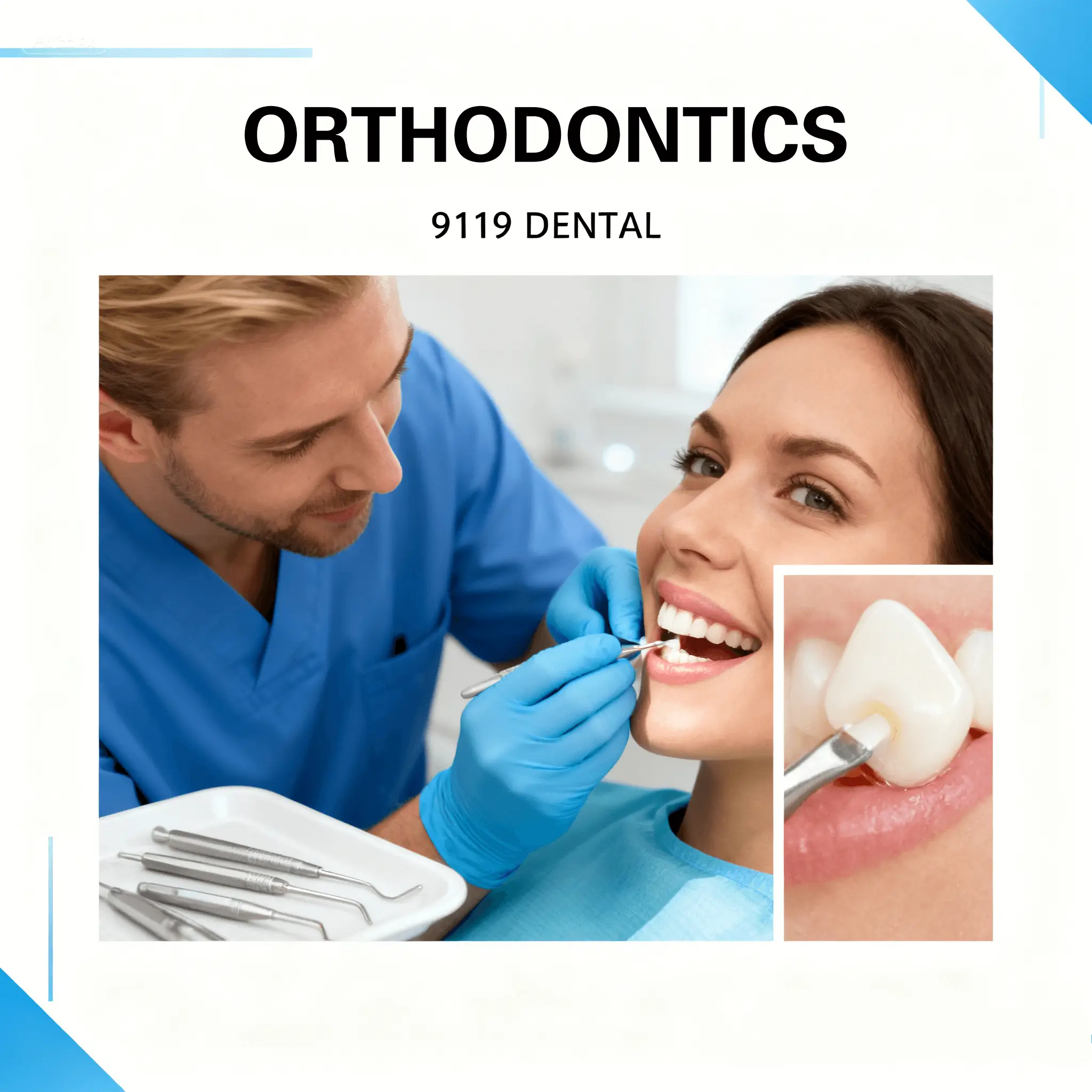
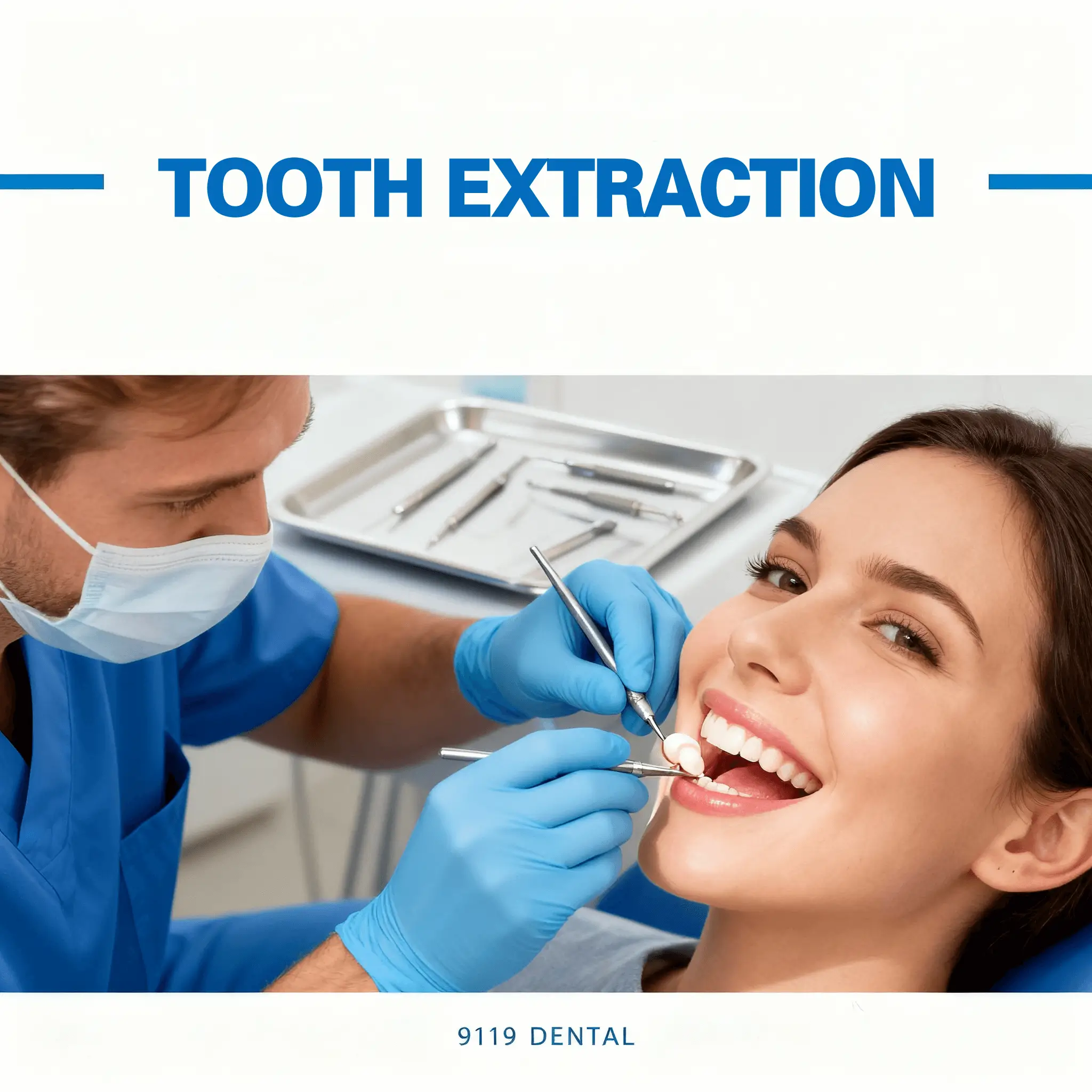
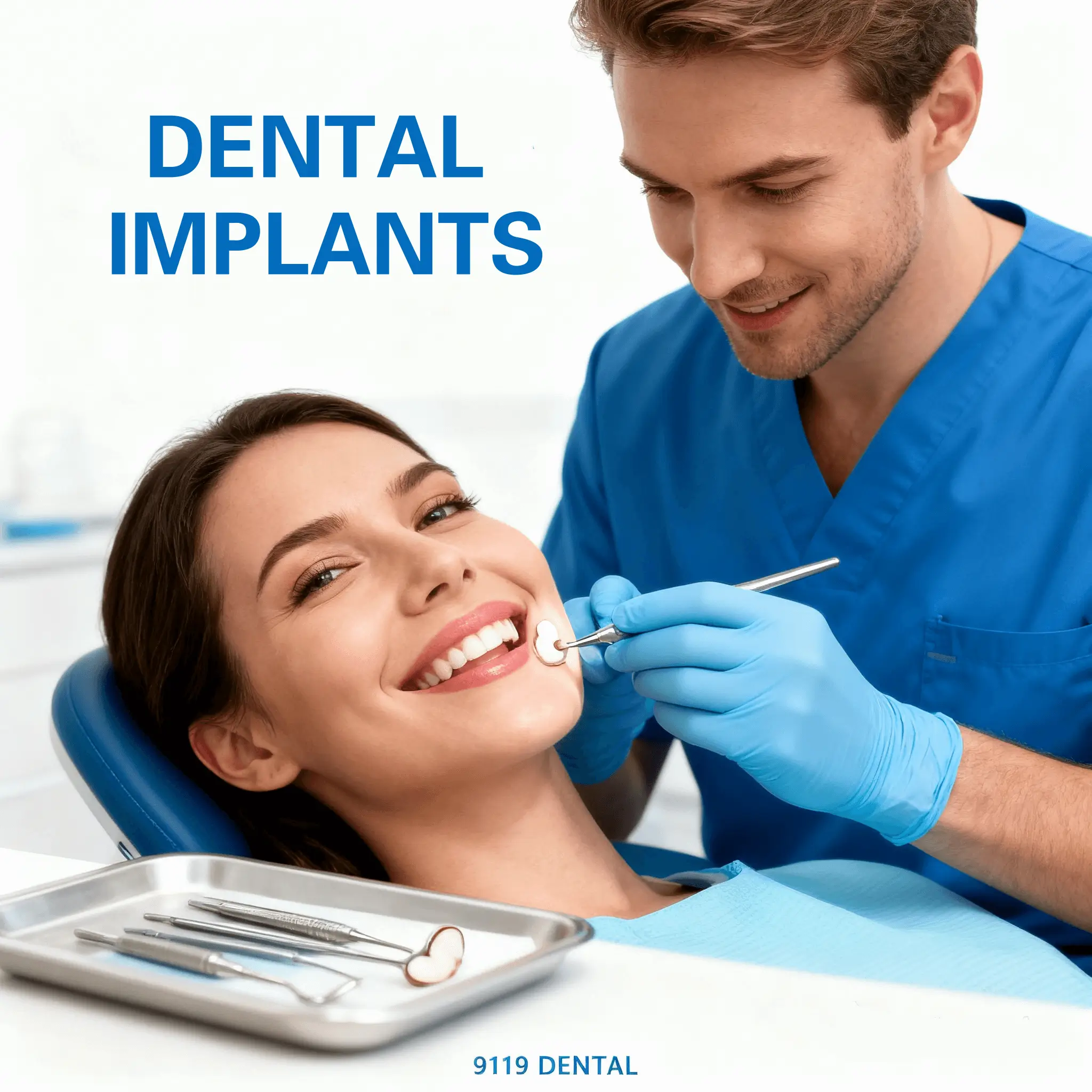
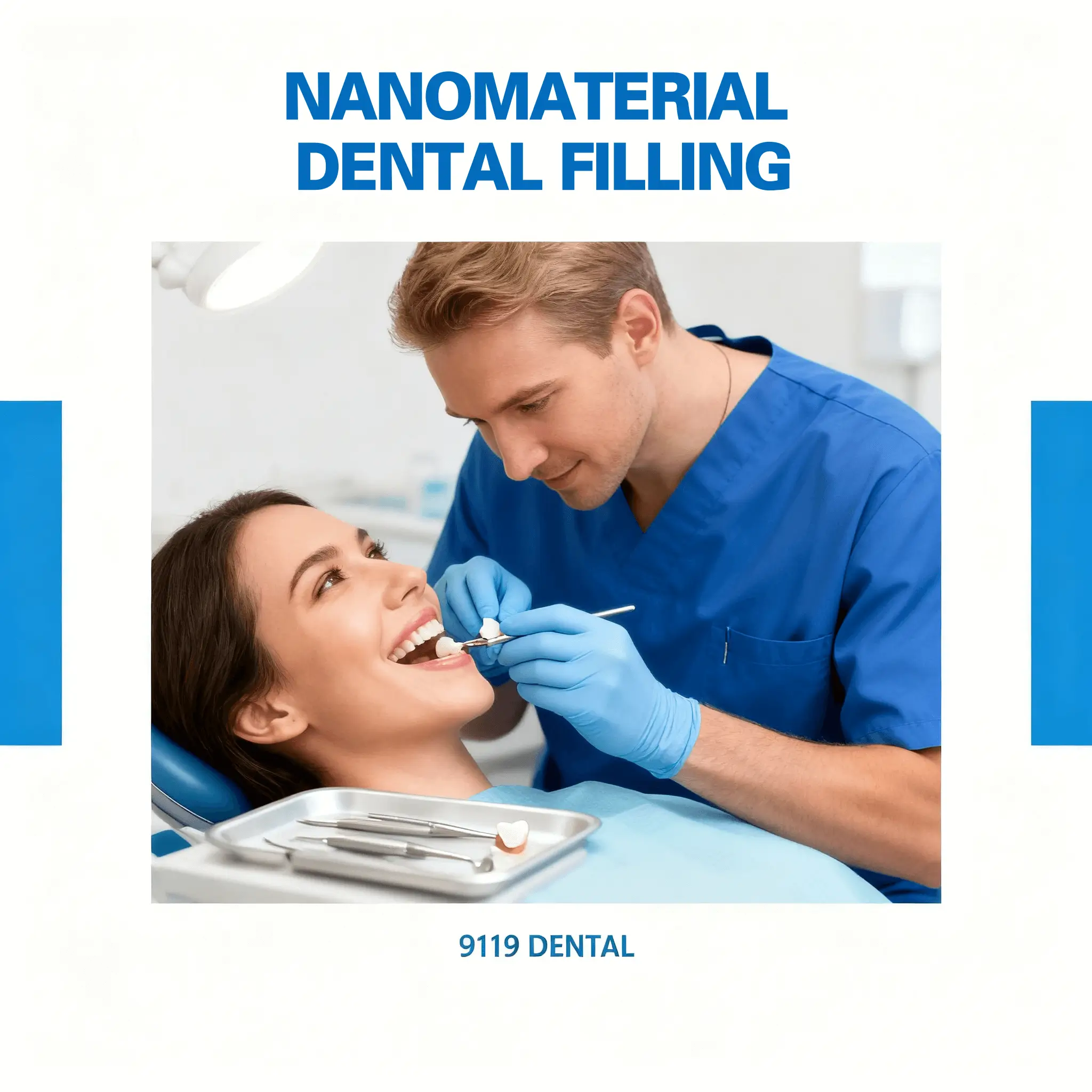
Suggested reads